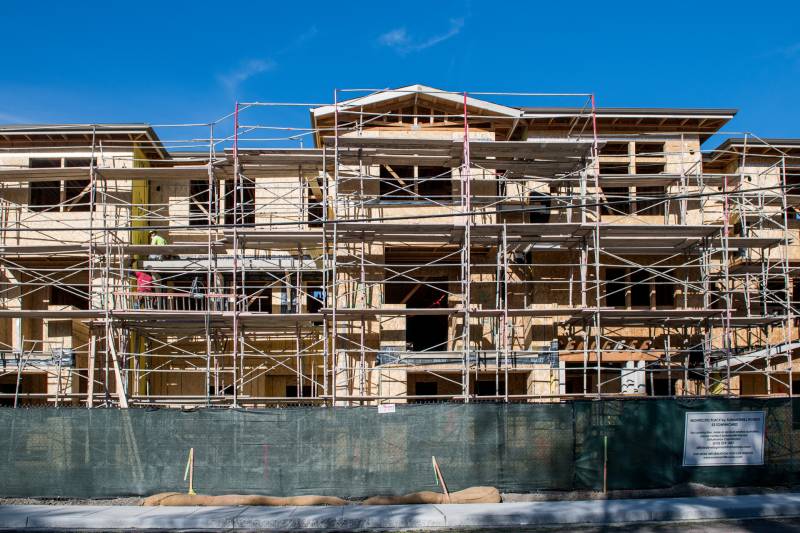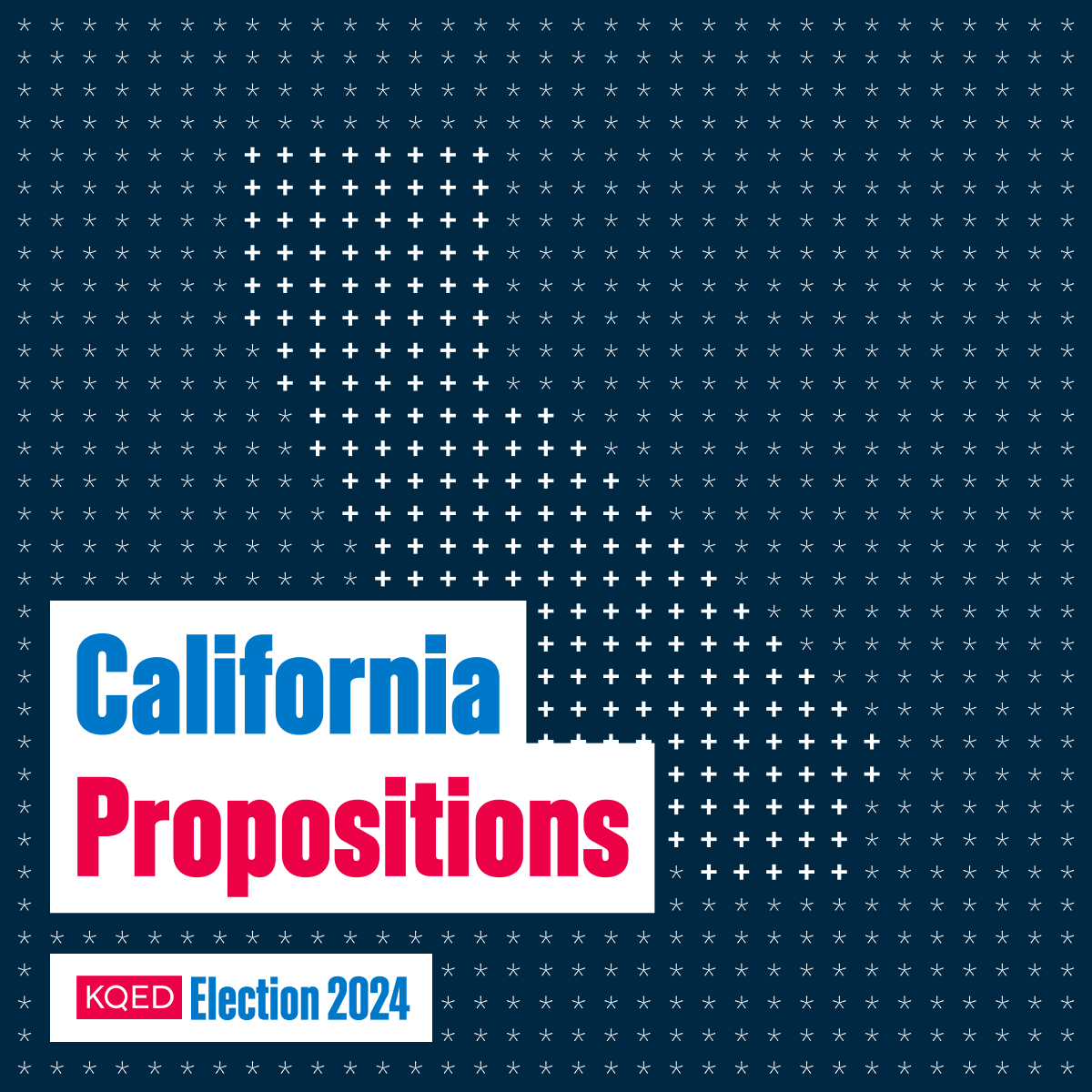Follow KQED’s live blog for the latest election updates
Proposition 5, which could have opened up local funding for affordable housing and public infrastructure projects, is trailing in early returns.
“I’m happy that voters are paying attention,” said Johnny Khamis, an opponent of the ballot measure and former San José City Council member. “Prop. 5 would have caused huge problems with the cost of living and future generations being able to afford to live in California. We don’t want to reduce the voter threshold for passing new taxes.”
Proposition 5 would make it easier for local governments to pass bond measures that specifically fund affordable housing and public infrastructure projects by lowering the percentage of votes required to pass from 66.67% to 55%.


